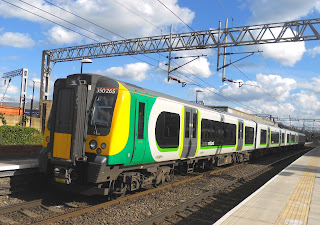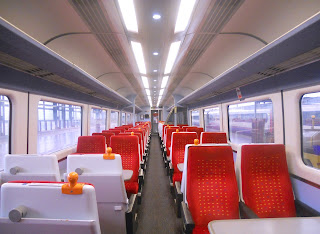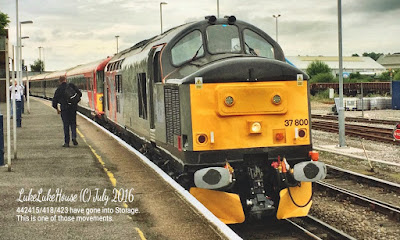Reminder: Stock + Service Changes, Abellio East Anglia.
IN SUMMARY: - Free Wi-Fi on Many Trains and also an improved WiFi service at stations . - Additional seats on trains across the network, by increasing train lengths and capacity. - CET toilets, so waste isn't flushed onto tracks. This is already on MK3s. - Increasing train punctuality and performance. - Entire fleet replacement (stated below), so other units are displaced or withdrawn. - Norwich to Cambridge trains extended to Stansted, and Sudbury branch lines running to Colchester. - Lowestoft connections to London Liverpool Street reinstated, using the electro-diesel units, four times per day. - Trains half hourly to Great Yarmouth, plus later connections to Sheringham and Lowestoft.











